- 路 Microwave
- 路 Atmospheric Pressure Microwave 路 Pressure Microwave 路 Parallel Microwave
- 路 Ultrasonic 路Low Temperature Ultrasound
- 路 Ultraviolet Light
- 路 Microwave Heating 路 Atmospheric Pressure Synthesis 路 Atmospheric Pressure Catalysis 路 Atmospheric Pressure Extraction
- 路 Sample Preparation 路 Microwave Digestion
- 路 Soil Digestion 路 High Pressure Synthesis
- 路 Solid Phase Synthesis
- 路 Organic Synthesis
- 路 Ionic Liquid Synthesis
- 路 Degradation Of Natural Organic Matter
- 路 Natural Product Extraction / Purification
河北祥鹄科学仪器有限公司
Introduction of Microwave Synthesis of Carbon Quantum Dots
Foreword
Carbon quantum dots (QDs) are one of the most important fluorescent carbon nanomaterials, also known as carbon dots, carbon nanocrystals. They are a new kind of carbon nanocrystals with size below 10nm, monodisperse and almost quasi-spherical shape. Compared with traditional semiconductor quantum dots and organic dyes (the preparation method is cumbersome, expensive, unfriendly, easy to produce photobleaching, etc.), fluorescent carbon quantum dots have small particle size, good water solubility, high chemical inertia, easy functionalization, photobleaching resistance, etc. Low toxicity and good biocompatibility.
The application of many fields of fluorescent carbon quantum dots has gathered many researchers' interest in and exploration of their preparation methods, performance optimization and application development.
In this paper, the characteristics, direction and progress of the synthesis of carbon quantum dots by one-step microwave method in recent years are introduced.
Microwave method is simple and fast. The raw materials and solvents for the preparation of carbon spots are cheap and easy to obtain, which are harmless to human body, provide the energy needed for the reaction, and greatly reduce the reaction time, so they are favored by researchers. Microwave method plays an important role in the synthesis of carbon quantum dots and carbon quantum dots.


Using ascorbic acid as raw material, ultrapure water and PEG-200 as solvent, the fluorescent carbon dots were prepared by one-step microwave method. The influence of microwave time on the particle size of carbon dots was investigated. The microwave time prolonged the particle size increase of fluorescent carbon quantum dots. By characterization of the structure and composition of the prepared carbon nanodots, it was found that the surface of the carbon quantum dots is rich in hydrophilic groups such as hydroxyl groups and carbonyl groups. The fluorescent carbon dots have excellent optical properties, high fluorescence intensity, and excitation-dependent fluorescence properties.
The fluorescent carbon nanoparticles prepared by this method have good dispersion, uniform particle size, good water solubility, and can be stored for a long time without coalescence and high fluorescence intensity.


Nitrogen doped carbon quantum dots (N-dopedCQDs) were prepared by microwave irradiation using isoflurone diisocyanate (IPDI) as a single carbon source. The synthetic method is simple, efficient, and does not use organic solvent. More importantly, our synthetic yield is as high as 83%, overcoming the current defect that carbon quantum dots cannot be used in mass production because of their low yields.


The mixture of citric acid, urea and water was placed in a microwave oven of 750W for 4.5 minutes, and the formation of carbon quantum dots was indicated when the mixture was changed from colorless to brown and finally to a brown black solid. The obtained carbon content was at a particle size of 1. 5nin, with a certain crystal type and a fluorescence quantum yield of 14%.








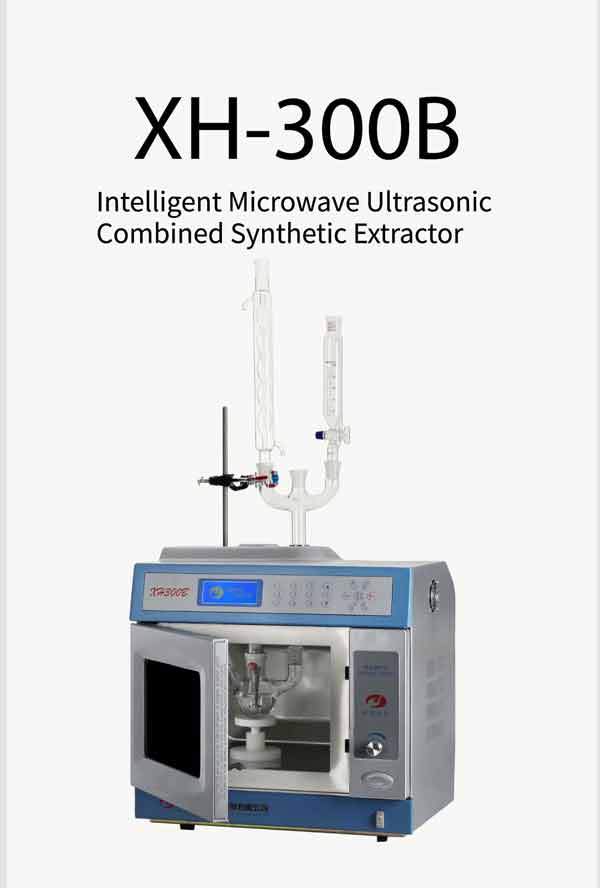

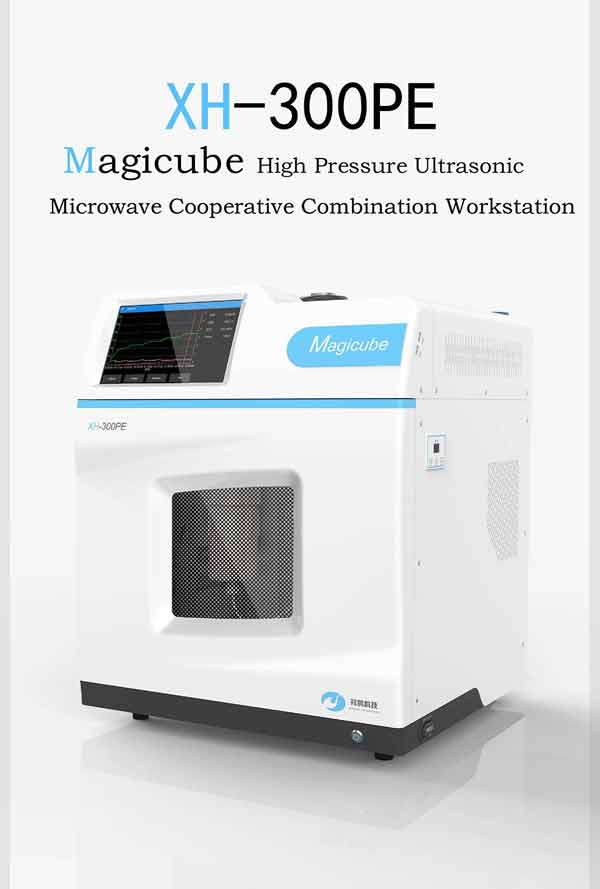
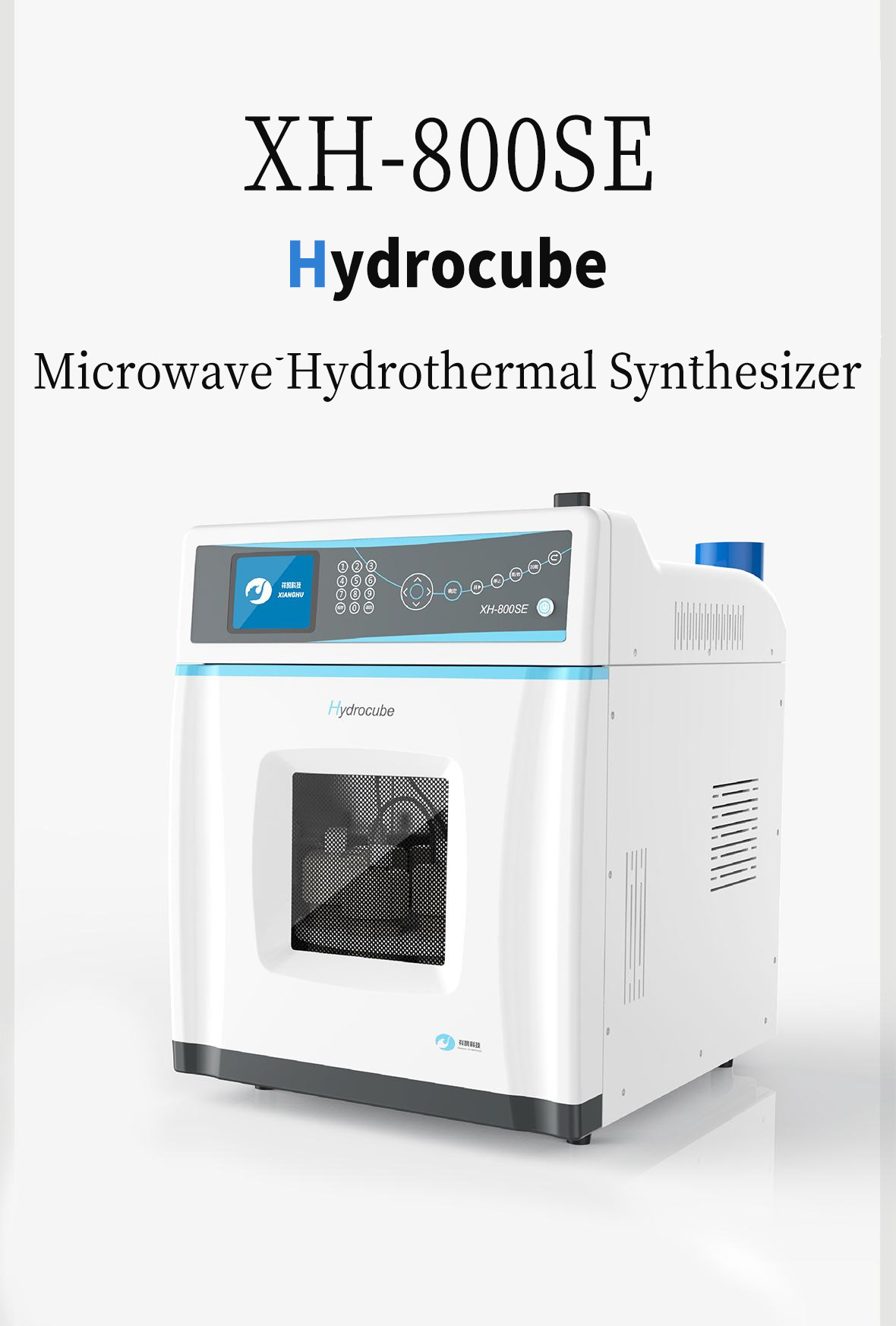
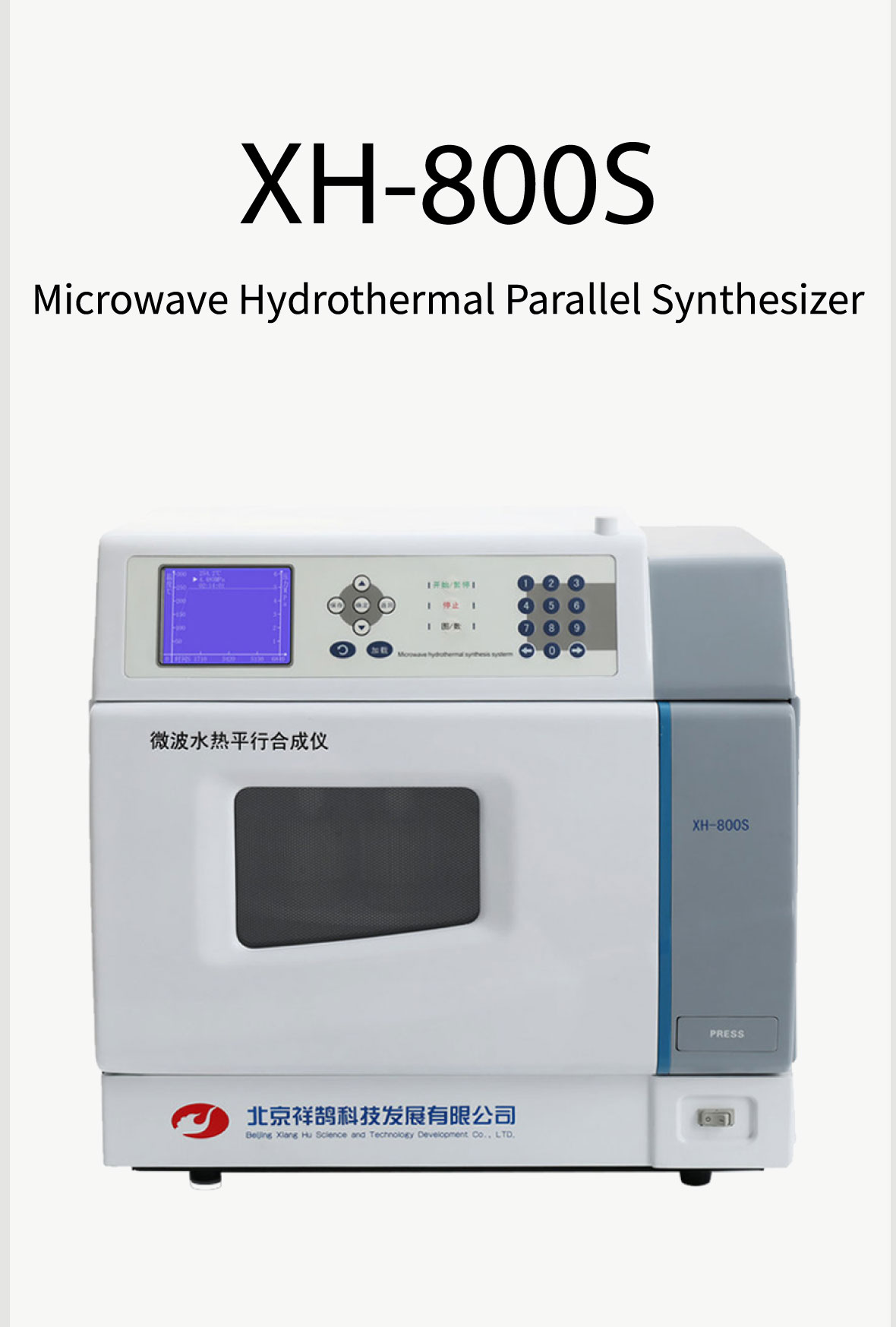
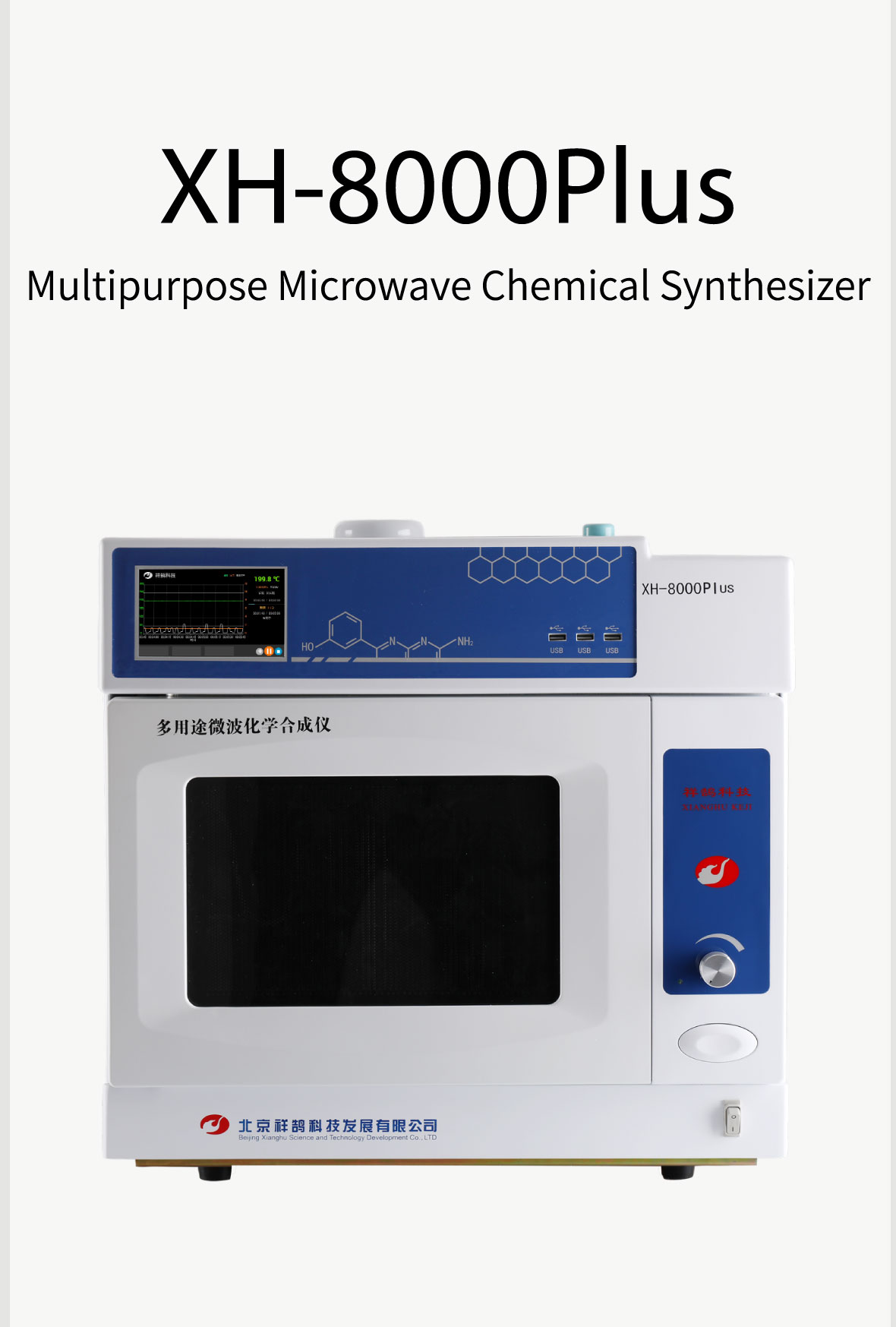
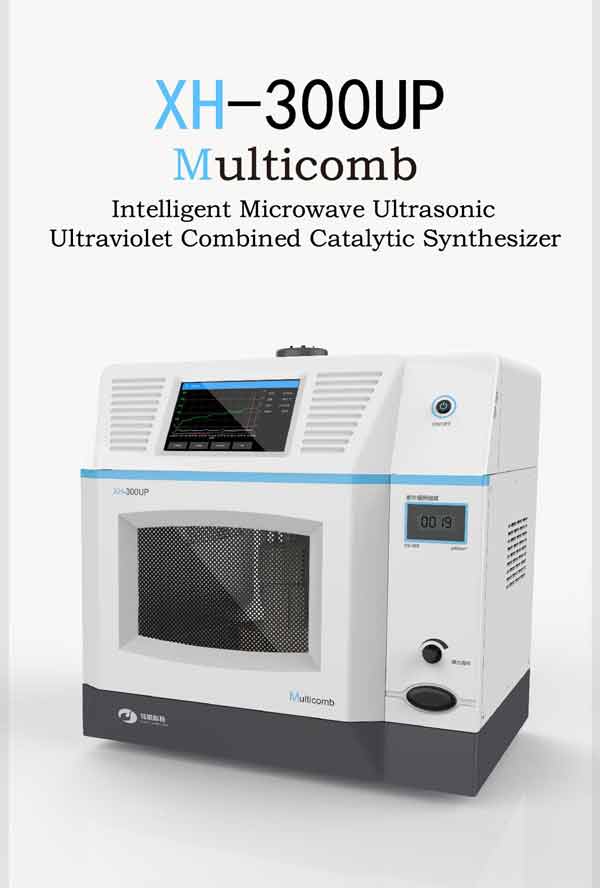
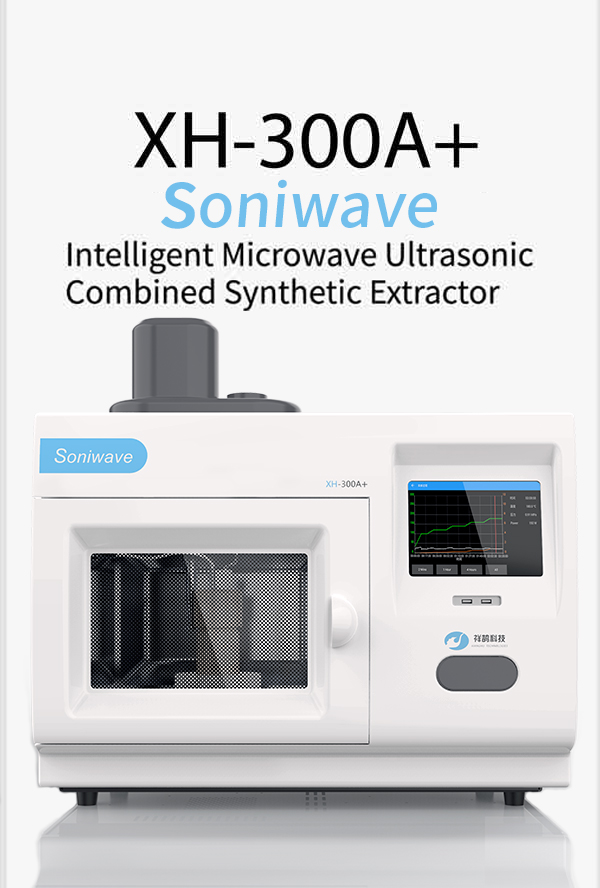

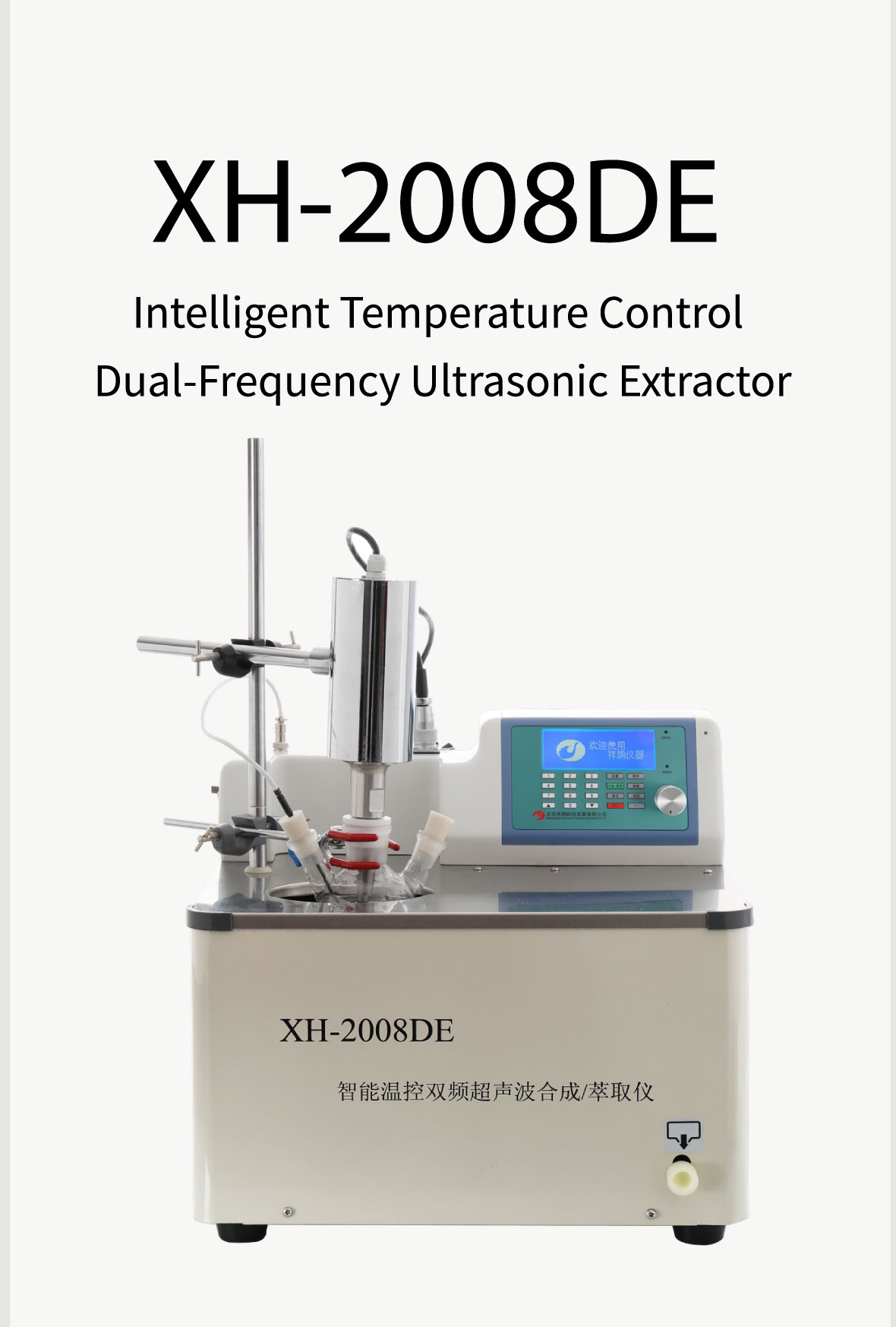



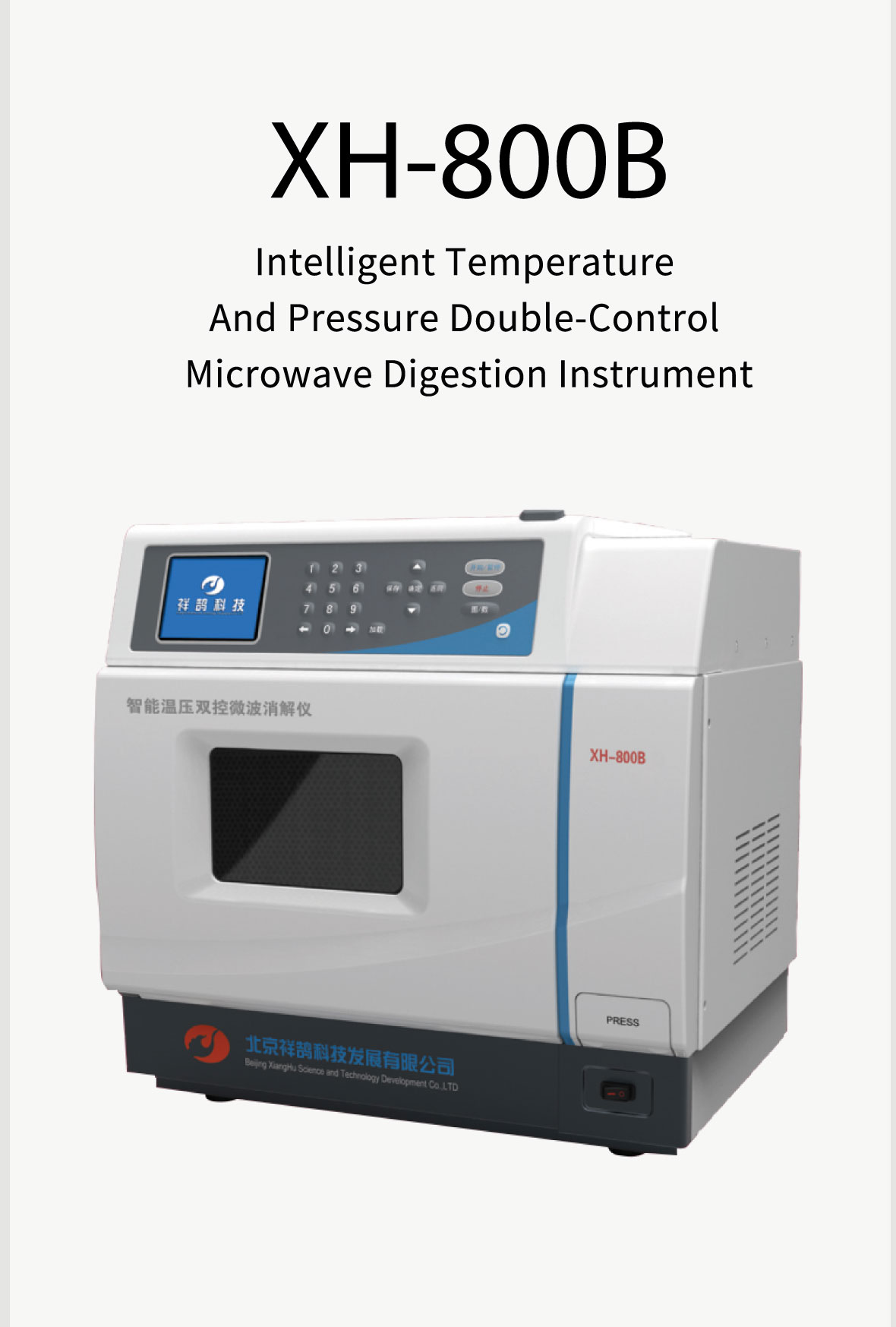

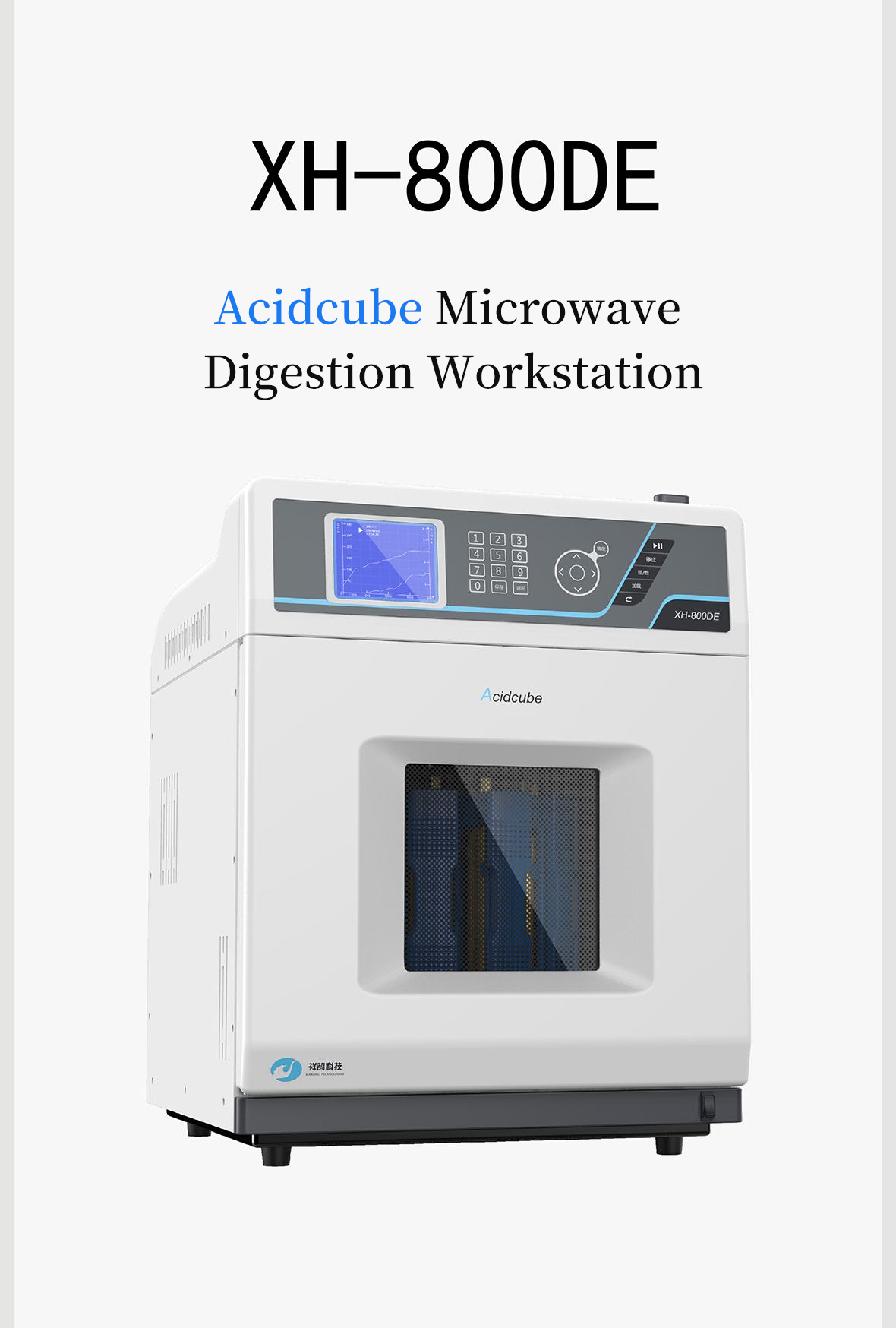

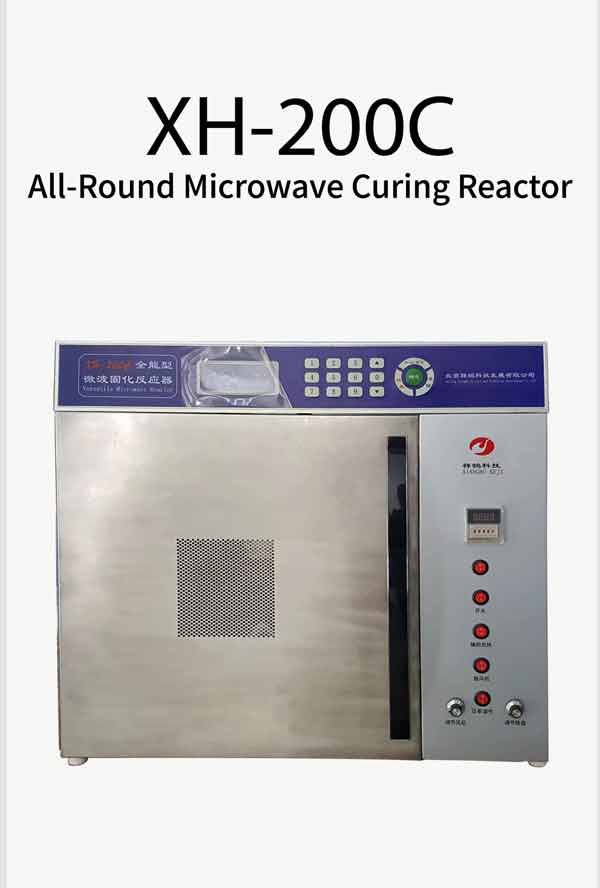
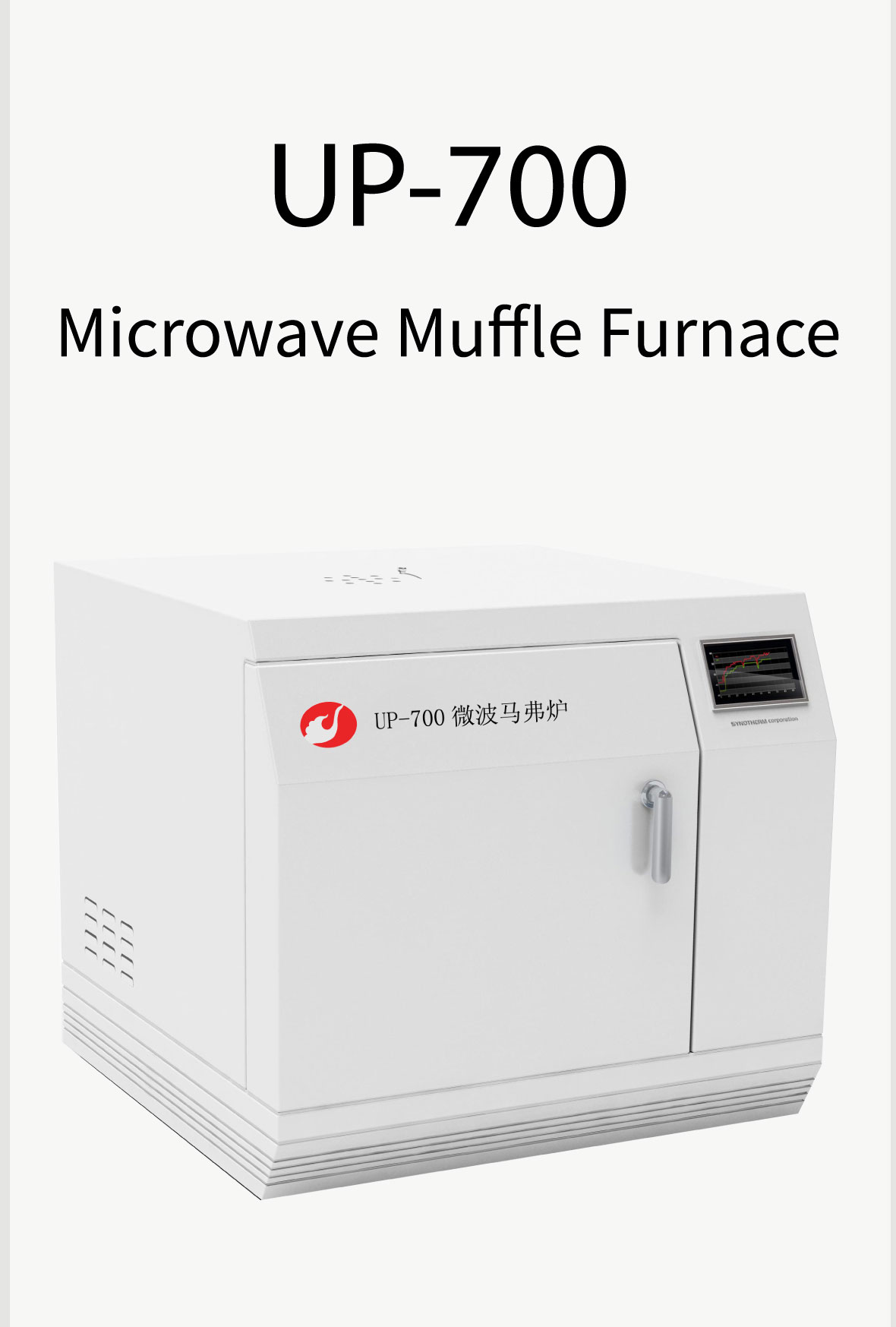

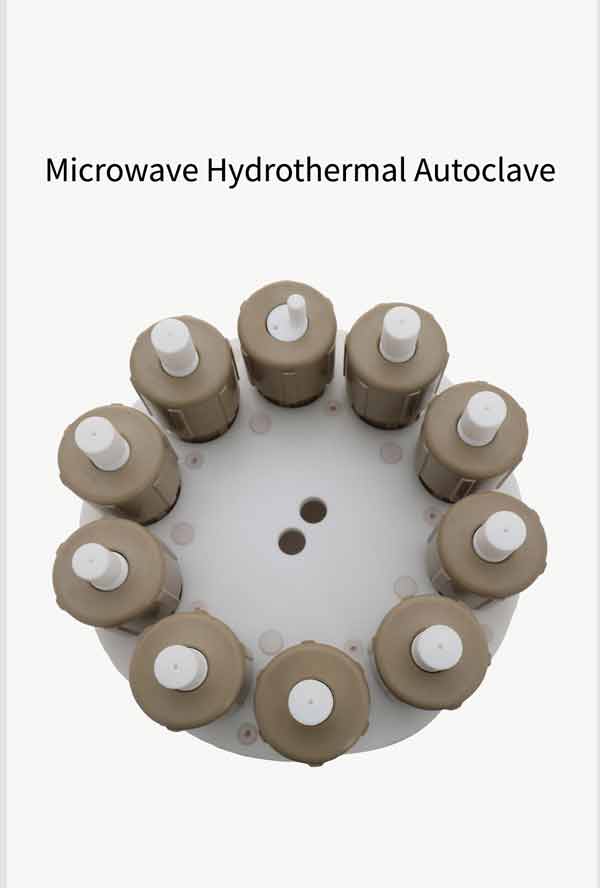

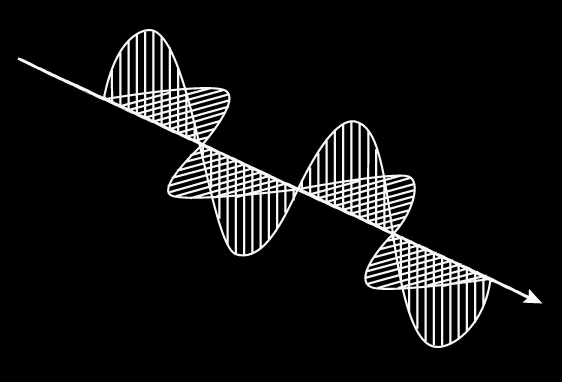


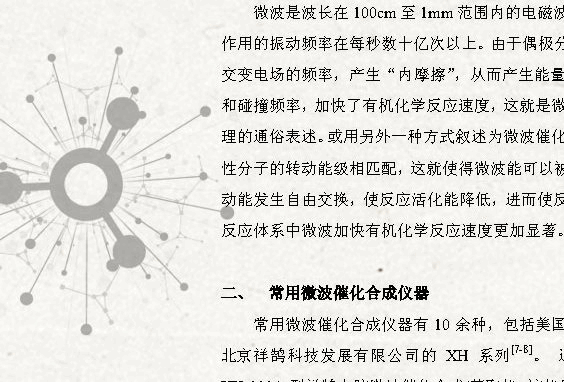

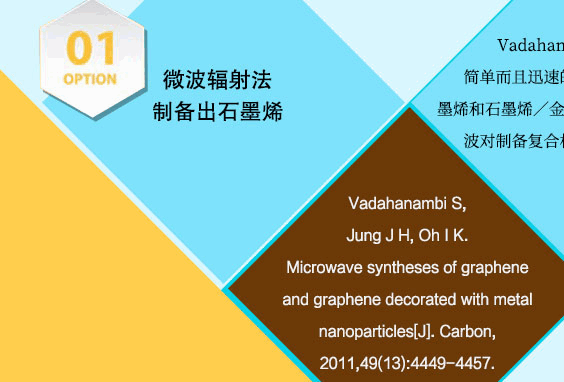
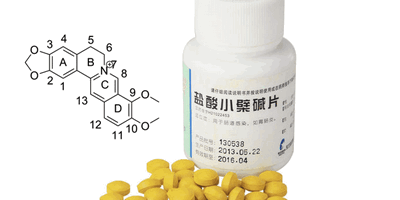


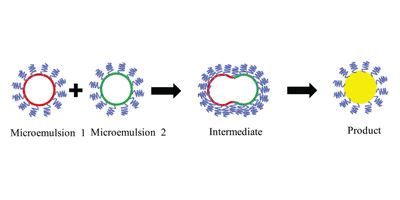
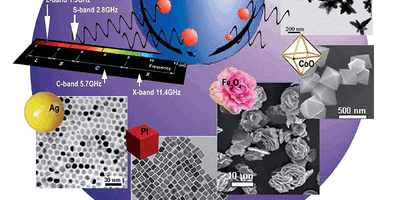
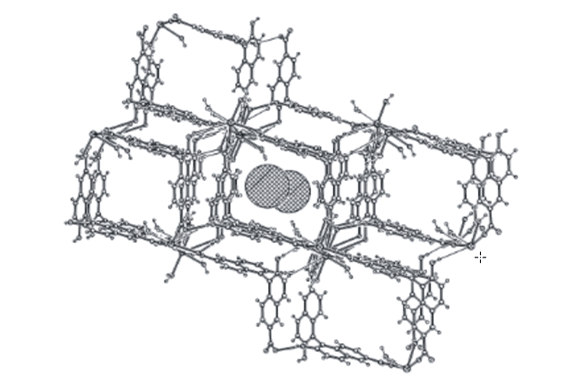
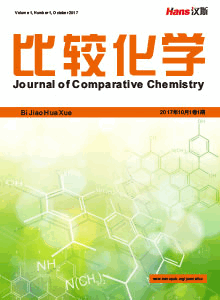
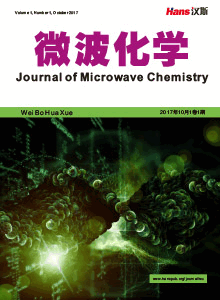





 京ICP备15050585号
京ICP备15050585号

